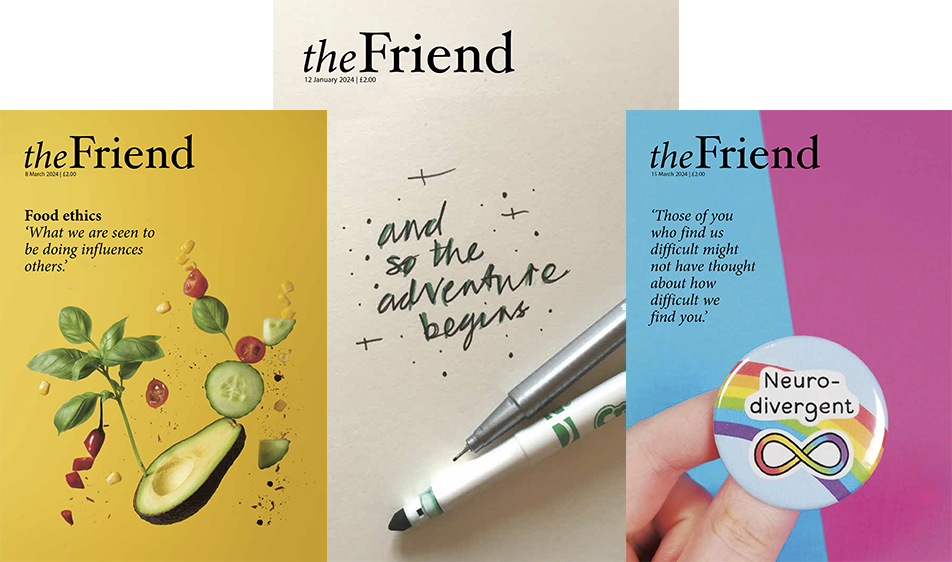‘What is it that has been forgotten?’ Photo: Forgetful Angel by Paul Klee (1939)
Top draw: Kate Cramer on the art of forgetting
‘This is the quiet angel of sorrow and of holding.’
There is a pencil drawing that Paul Klee made in 1939 called Forgetful Angel. It’s like a child’s drawing, and to me, it depicts a child angel. It feels magic. That’s maybe because it is drawn with love; the simplicity of outline (both hesitant and sure) is as mesmerising as the space it lends to what is inside.
